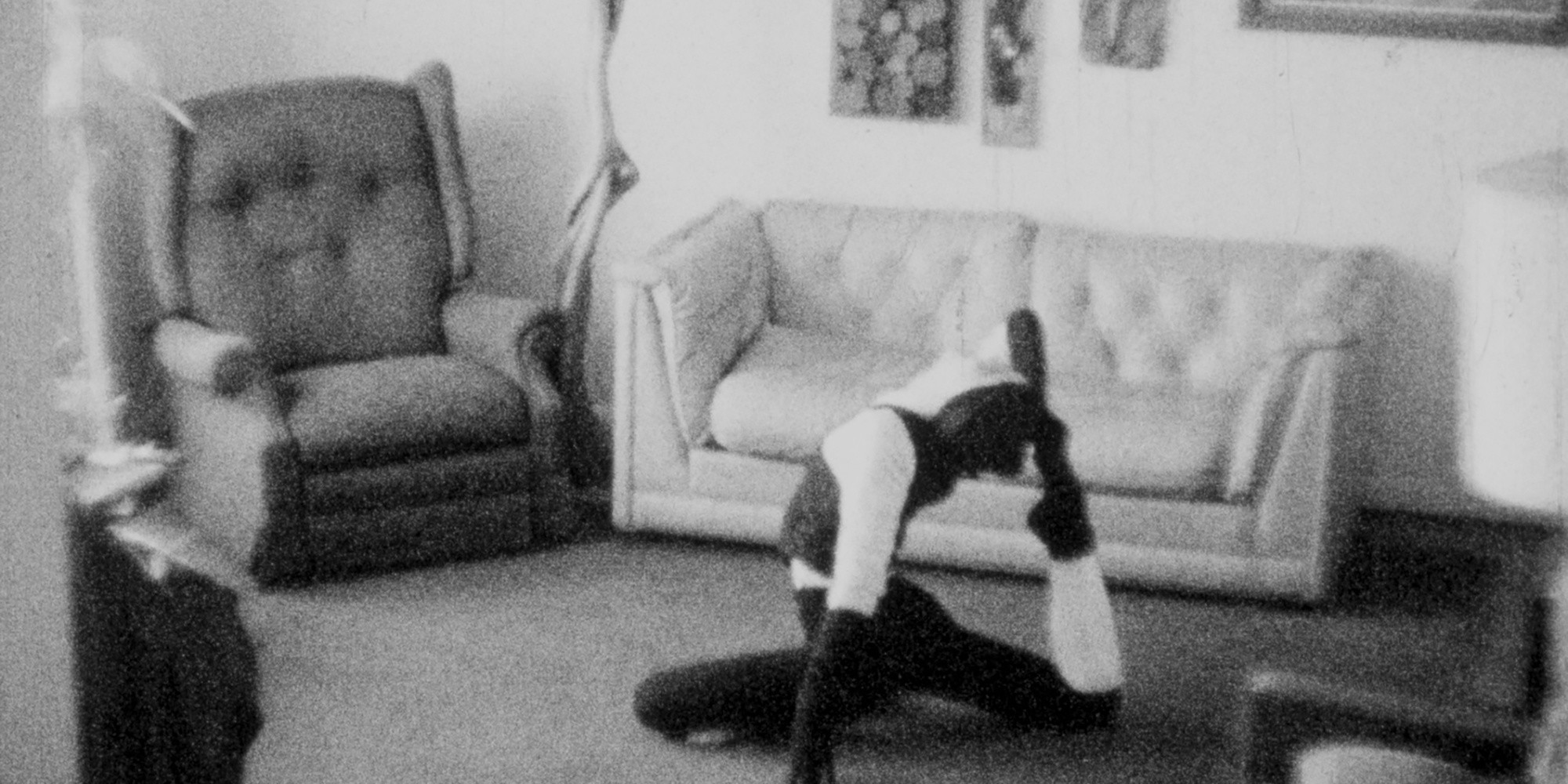
The City Stars: Performing Gender Downtown
Three short films explore gender play in the East Village art scene of the late 1970s and early ’80s.
Sophie Cavoulacos, Kate Zambreno, Sean Yetter
Jul 8, 2019
“Maybe art making isn’t about capitalism or conformity or selling to a blue chip gallery or even being exhibited at MoMA, but can be something that is about youth, about reactionary spirit, and about your being, your body, and your identity as a form of playful performance as well.” –Kate Zambreno
Inspired by punk's do-it-yourself attitude and fueled by low rents, New York City’s East Village became a playground for experimentation and collaboration in the 1970s and 80s. Artists approached fashion, music, performance and art of all mediums as a way to explore identity. And the performance of gender–in this period bookended by the Sexual Revolution and the AIDS crisis–was at the foreground. In the inaugural installment of The City Stars, MoMA’s first online film exhibition highlighting NYC Shorts from the collection, we present three films that tackle gender, the body, and performance in very different ways: Esther Regelson’s WMEN (1981), John Kelly’s The Dagmar Onassis Story (1984), and The Contortionist (1978), by Joyce Randall Senechal in collaboration with Greer Lankton.
For writer and critic Kate Zambreno, this moment in art making struck a particular chord. “When I first learned about all these performance artists [from that time period] who pushed the boundaries of the body and of experimentation, I remember feeling like art couldn’t be like that anymore or performance couldn’t be like that anymore,” Zambreno explains. “Everything felt so professional and polished and I found myself craving that ethos.” Both her new book, Screen Tests: Stories and Other Writing (Harper Perennial), and her previous collaboration with MoMA, A Cine Virus Evening with Michael Oblowitz and Sylvère Lotringer, in which she performed a live reading of a section of Kathy Acker’s Blood and Guts in High School, pay tribute to the contemporary resonance of radical Downtown artists like Acker, David Wojnarowicz, Ethyl Eichelberger, and Lankton. In the short video above and comments below, Zambreno shares her knowledge of this period to introduce these three films, their makers, and the East Village art scene.
WMEN (1981)
Directed by Esther Regeslon. 16mm. USA
“[WMEN] evokes 1965, as indicated by the music cues. So, in the period before the Stonewall demonstrations by queer activists, including drag and trans activists, against the oppression of police raids. At the time there was something known as the “three items of clothing law,” which targeted anyone seen as violating gender norms—from butch lesbians to drag queens (who were integral in the Stonewall rising, such as Marsha P. Johnson and Sylvia Rivera). WMEN feels very much in conversation with [Jean-Luc] Godard’s Breathless, with the collage of cutout magazine figures, its tongue-in-cheek nature, its sexiness, the fashion, and the playfulness. So, I feel like the Esther Regelson film is obviously very playful but, again, I think that there’s an element of audacity and risk to it, especially when the actor in full, like, sexy leather, butch costume is strutting down the street at the end."
The Dagmar Onassis Story (1984)
Directed by Anthony Chase and John Kelly. Super 8mm. USA
“Performing gender and bending gender always had an element of risk. As, of course, it still does now. I think what's interesting about the John Kelly film The Dagmar Onassis Story, and the many drag performers that are featured in it, is that it shows how many different strategies and politics and poetics of drag there were in the East Village at that time—ranging from Joey Arias and Klaus Nomi, who appeared with David Bowie in spaceman fashions on Saturday Night Live, but also you have RuPaul, Lady Bunny, and Ethyl Eichelberger. There were many different drag strategies but drag was definitely underground, punk, subversive. There’s something about a John Kelly performance which has the heightened theatricality of a drag performance, but it’s also incredibly lyrical and emotional and it’s hard not to get caught up with the intensity and the adoration of a fan who is so deep that he actually becomes this persona.”
The Contortionist (1978)
Directed by Joyce Randall Senechal, in collaboration with Greer Lankton. Super 8mm. USA
“Greer Lankton is most known for her dolls made after her heroines or her divas: Candy Darling, Divine, Diana Vreeland. The dolls often explore ambivalence and desire in regards to the body, fatness and thinness, the grotesque. In The Contortionist, Lankton, who was known by her friends to be able to contort her body into various positions, is seen making various acrobatic movements all around the apartment, touching every inch of the interior by the end of this stop-motion film. We can see many of the aspects that would later form Greer Lankton’s art in this film. In many ways, in this film, Greer Lankton is like one of her dolls. We believe this film was made the summer before her gender reassignment surgery, so it also functions as a private, diary-like documentation of the body and a freedom of the body as well as an experimentation with the body.”
Thank you to Sophie Cavoulacos, assistant curator in MoMA’s Department of Film, for her assistance in organizing the Performing Gender Downtown program. Check back each week in July for more NYC shorts from the collection.
Related articles
-

The City Stars: NYC Shorts from the Film Collection
We're launching our first online film exhibition this July.
MoMA
Jun 28, 2019
-

Magazine Podcast
To Save and Project: A Conversation with Josh Siegel and Katie Trainor
On the importance of film preservation and restoration, and the difficulty of sussing out filmmakers’ true intentions
Josh Siegel, Katie Trainor
Jan 8, 2019

